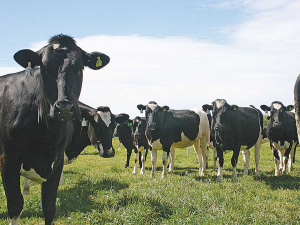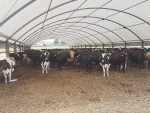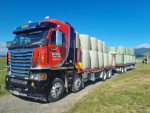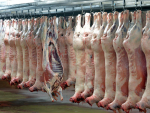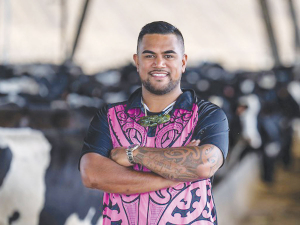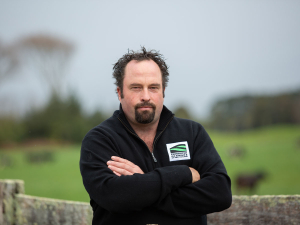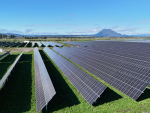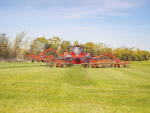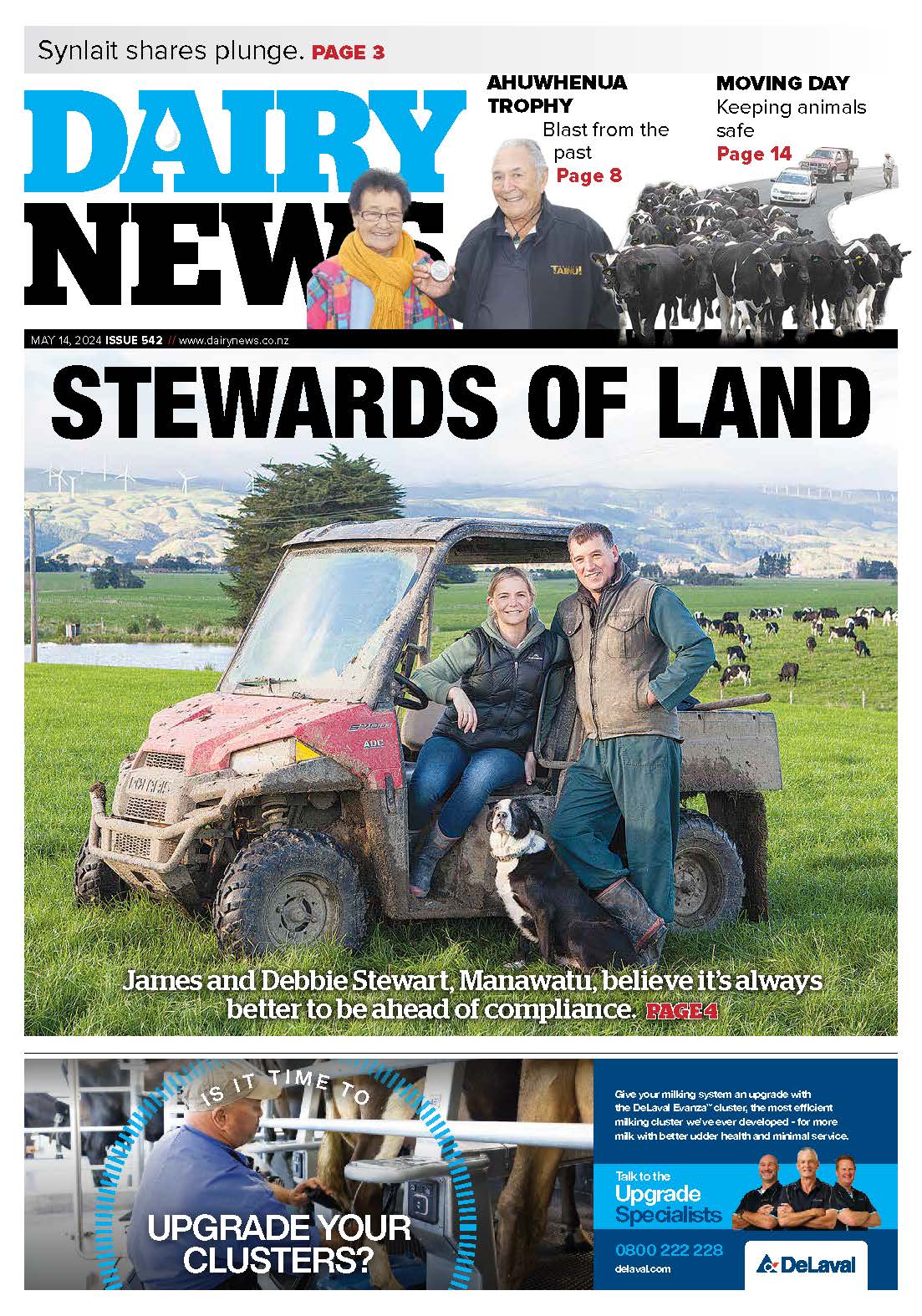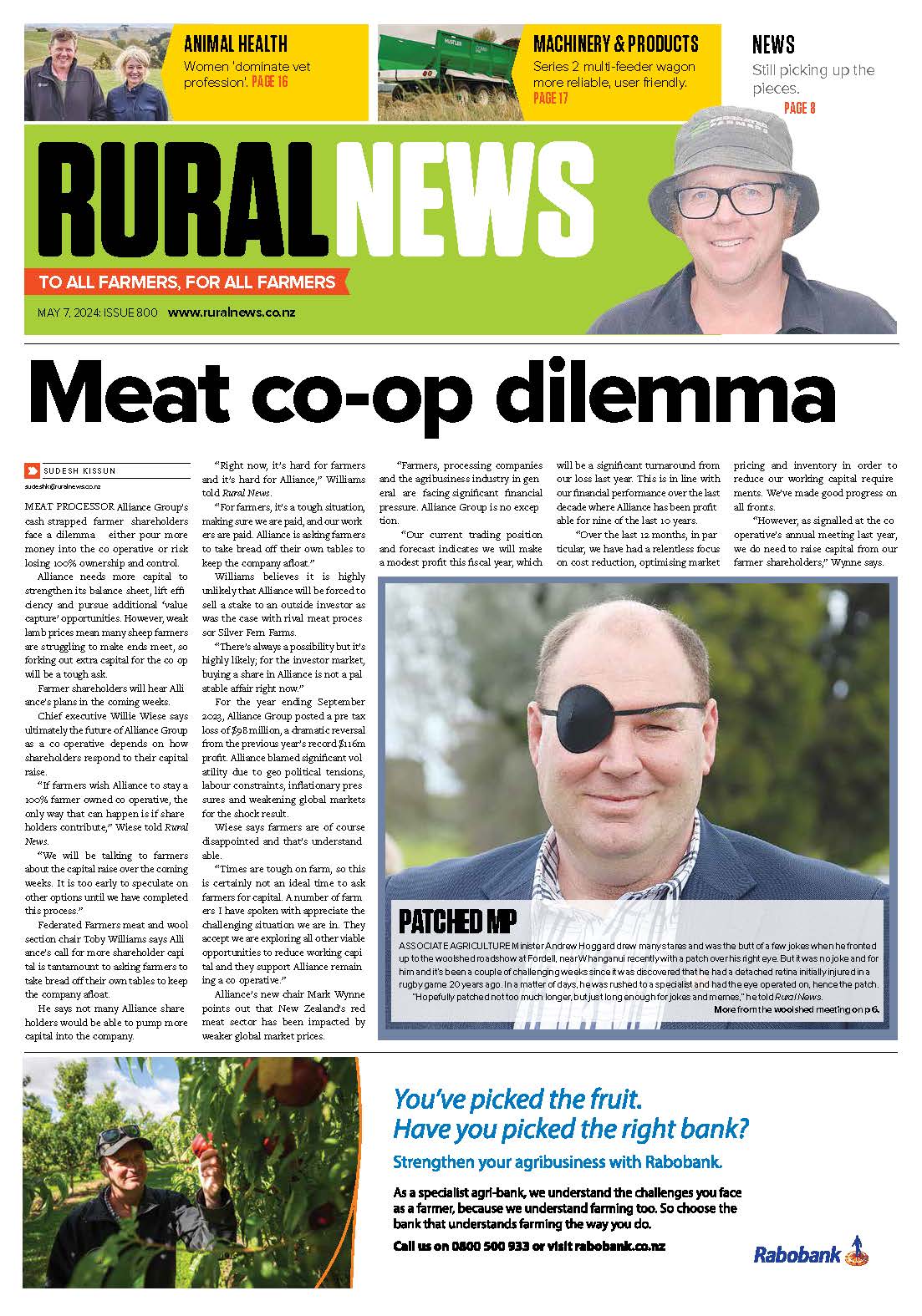OPINION: The updated US Department of Agriculture (USDA) rule for “grass-fed” or “pasture-fed” milk or meat is very restrictive.
But, if managed prudently, it could actually give New Zealand farmers a market advantage.
The rule, which was published in December 2019, will exclude a lot of our competitors, who will not be able to eliminate grain from their feed, from this valuable market.
According to the USDA “Grass Fed” or “100% Grass Fed” claims may only be applied to meat and meat product labels derived from cattle that were only (100%) fed grass (forage) after being weaned from their mother’s milk. The diet must be derived solely from forage, and animals cannot be fed grain or grain by-products and must have continuous access to pasture during the growing season until slaughter.
This means 100% grass fed animals are never confined to a feedlot. Forage consists of grass (annual and perennial), forbs (e.g., legumes, Brassica), browse, or cereal grain crops in the vegetative (pre-grain) state. Hay, haylage, baleage, silage, crop residue without grain, and other roughage sources may also be included as acceptable feed sources.”
Grass fed milk and meat are considered healthier with better taste and flavour and animals raised as grass-fed have better animal health, animal welfare and climate change outcomes. Grass fed milk and meat has a better omega-6 to omega-3 fatty acid ratio, higher levels of antioxidants, lower risk of E. coli infection and antibiotic-resistant bacteria and are, therefore, better for consumer health.
Grass fed cattle produce beef that is tender because it cooks faster due to the higher concentration of conjugated linoleic acids (unsaturated fats). The well-marbled meat, in the opinion of many connoisseurs, is better-tasting than grain-fed beef.
According to the UN FAO, rotationally grazed pastureland sequesters 50% more carbon than the equivalent area of forestry.
By increasing pasture production, we can increase carbon sequestration even further and earn significantly more carbon credits than forestry.
Zest Biotech, based in Pukekohe, has developed a pasture spray, Biozest, that is reported to significantly increase pasture productivity.
Louise and Neville Williams, certified organic dairy farmers and Ballance Farm Environmental Awards winners in Karapiro, did a trial on baleage.
The Biozest treated paddocks produced 13 bales/ha on average, the untreated control paddocks averaged just 7 bales/ha. There was a 78% increase in baleage overall.
Mike and Janelle Kelly in Orongo, near Thames carried out a similar trial and produced 12 bales/ha from the treated paddocks and 5 bales out of the untreated control paddocks. There was a 129% increase in baleage overall in the Biozest treated paddocks.
If our farmers can improve pasture productivity on this scale, they can safeguard our grass-fed brand – which is valuable in all markets. The increased carbon fixed in pasture will make a significant contribution to our climate change management obligations – increasing the likelihood that farmers will earn, rather than pay, carbon tax. It will also prevent productive land being converted to forestry.
• Nathan Balasingham is chief technical officer, Zest Biotech, Auckland.





